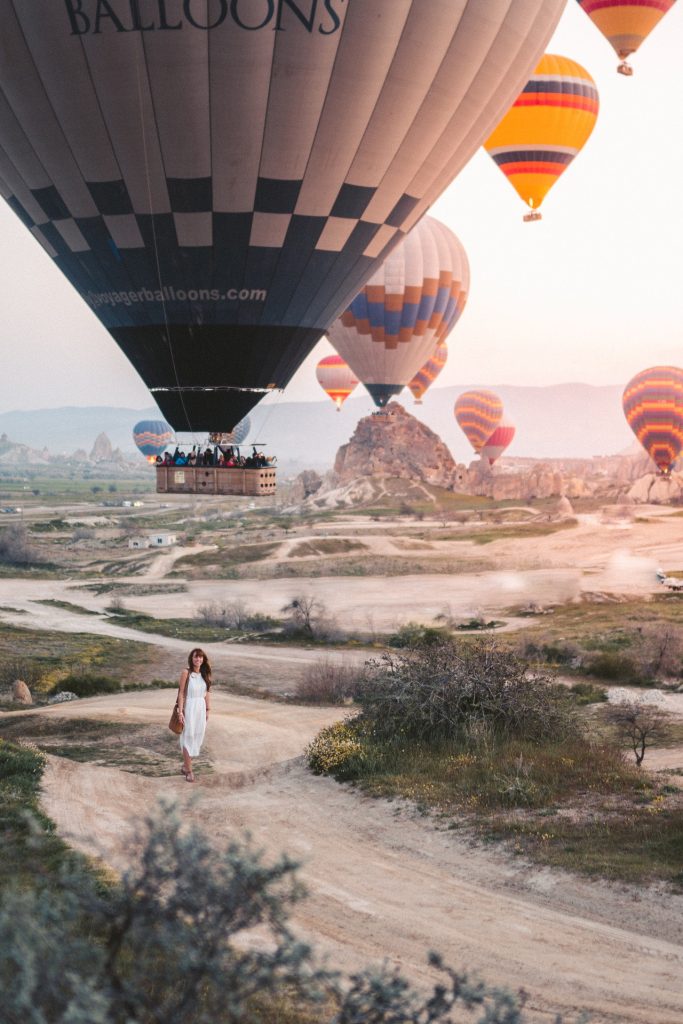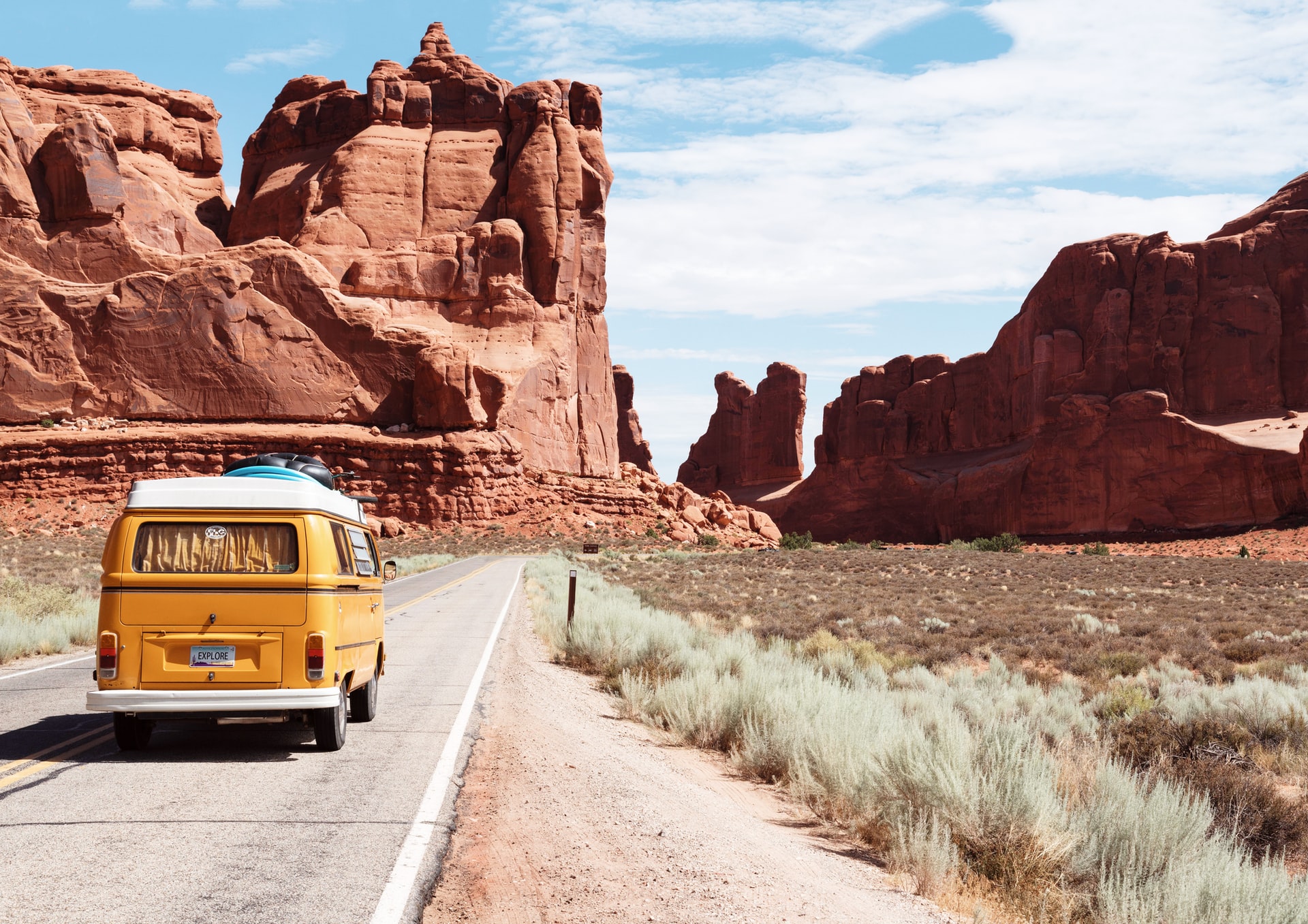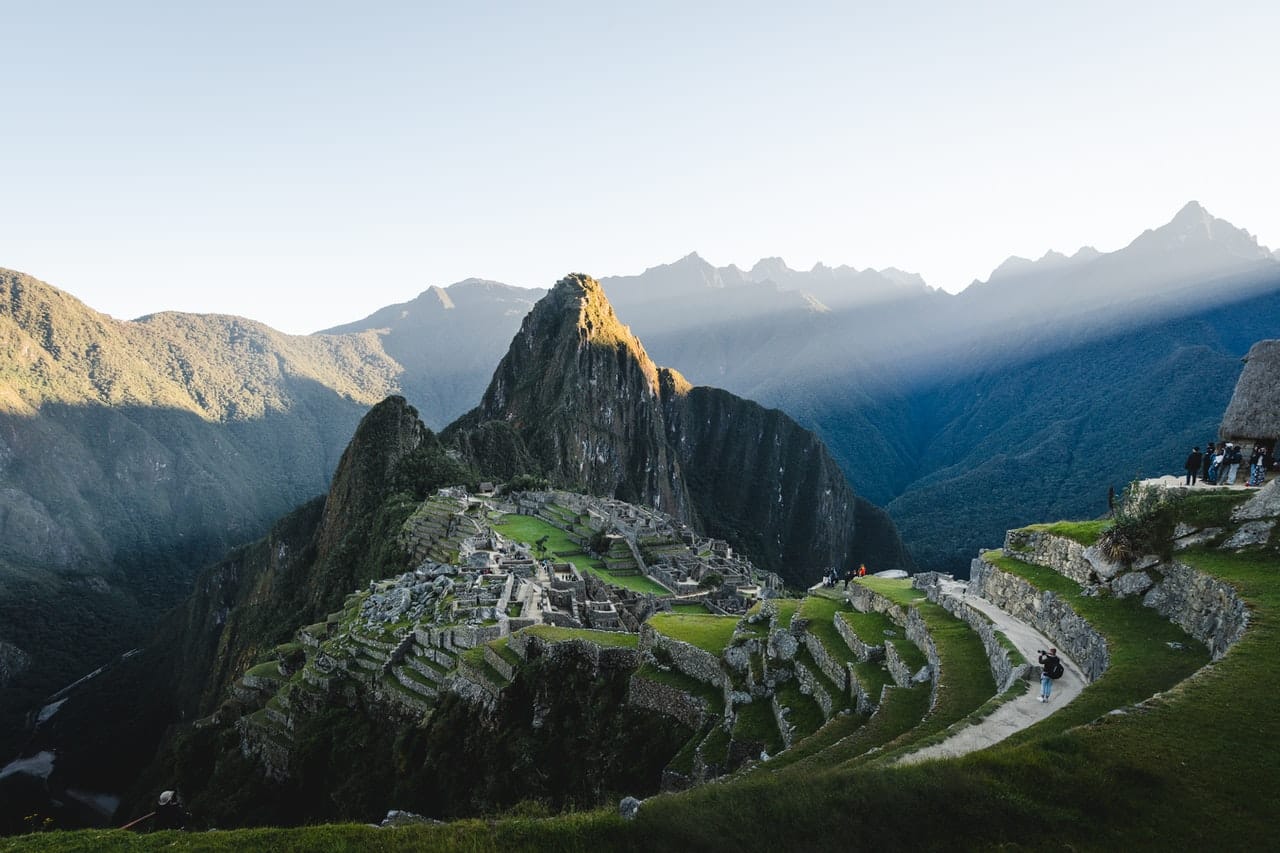Professional travel photographers have existed for several years. However, in previous times, this profession was mainly limited to explorers who had their work published in popular magazines (such as National Geographic).
The Internet and social media have made travel photography more accessible to the public, increasing work opportunities and earning potential for photographers of this genre.
While it may appear simple to become a travel photographer by simply traveling with a camera, it involves much more than that. Professional travel photography requires a lot of work, time, and skill development. If you want to become a travel photographer, you should take the following steps:
We highly recommend researching, planning, and defining your personal and professional goals before starting a career in travel photography. Many aspiring travel photographers make the costly mistake of entering the field without a clear vision of their brand objectives. In a highly competitive field like travel photography, having a clear set of long-term goals gives you leverage and a head start.
Outline your goals for a career in travel photography, whether you want to make it a long-term career or use your photography career to travel. For example, you should decide whether a nomadic lifestyle or having a fixed base is better for your operations.
As stated previously, becoming a successful travel photographer involves much more than just taking cool photos. Most successful photographers have mastered their craft and are proficient with high-quality equipment, allowing them to capture shots that will truly stand out and wow viewers.
To produce work that meets the standards of magazines, stock image sites, and other outlets that want to purchase travel images, you must become skilled with a DSLR. While smartphone cameras have improved, they still cannot match the quality of a high-end DSLR (like a Canon or Nikon) and a set of standard or professional lenses.
Observing and learning from other professionals will also help you improve your photography. This includes taking travel photography courses, watching YouTube videos, and reading online articles from seasoned pros.
Given the competitive landscape created by social media and the internet for photographers, developing a niche or brand is critical. Give your brand a unique name and logo, and define your niche.
Creating a portfolio for your brand and work is also important. Your travel photography portfolio will allow you to show off your work and tell stories about your travels. It will also showcase your work and creative abilities, giving potential clients a sense of your brand goals and overall photography skills.
Consider scaled image features, horizontal-scrolling galleries, accessible menu options, and an intuitive layout design when creating your travel photography portfolio. Your portfolio should only contain your best work and be updated frequently.


